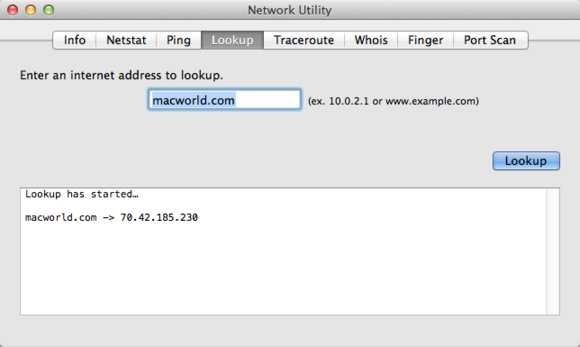
Let's explore the best ways to perform a DNS enumeration. There are plenty of DNS recon and DNS enumeration tools around, from Bash to Python scripts however, the easiest DNS enumeration can be performed with a single system command. Today we'll go one step forward and show you how to perform full DNS enumeration. However, that was only focused on subdomains. In the past we've seen a bit of DNS enumeration, such as in the How to Find Subdomains article. This allows him to explore the attack surface area of any company, so he can later scan it, collect data, and-while he's at it-exploit it if there's an open opportunity. Once DNS enumeration is completed, unauthenticated users may use this information to observe internal network records, grabbing useful DNS information that provides the attacker access to a full DNS map. This latter type of DNS transfer takes place when an attacker detects a misconfigured DNS server that is actually responding to AXFR requests. With effective DNS enumeration, you can clone DNS zones manually, using scripts or by exploiting DNS zone transfer vulnerabilities, known as AXFR (Asynchronous Transfer Full Range) Transfer. This includes hostnames, DNS record names, DNS record types, TTLs, IP addresses, and a bit more, depending on how much information you're looking for. In plain english, it's the act of detecting and enumerating all possible DNS records from a domain name.

Without them we couldn't resolve hostnames and domain names into IP addresses.


DNS servers are the heart and soul of the Internet.


 0 kommentar(er)
0 kommentar(er)
